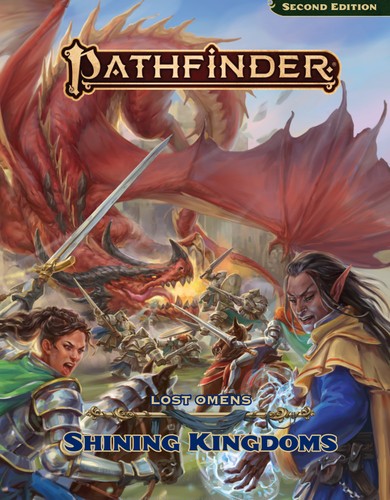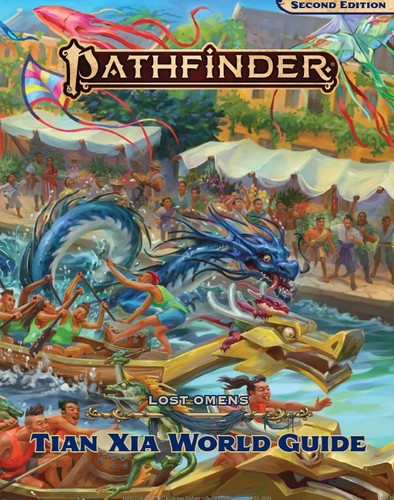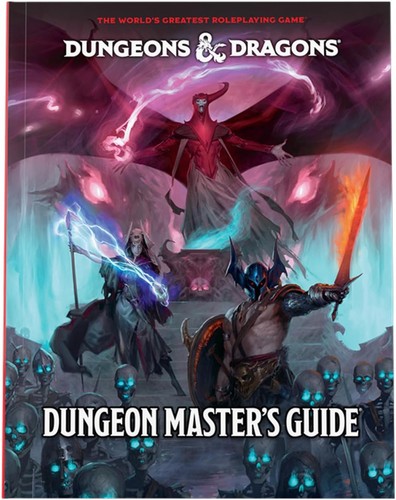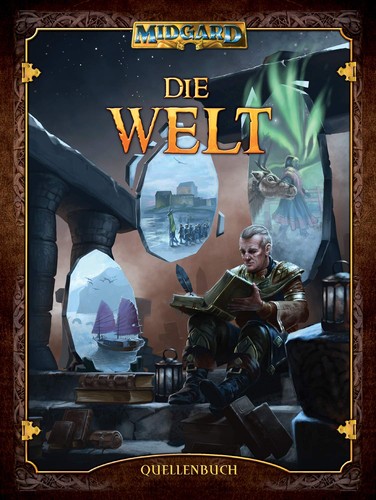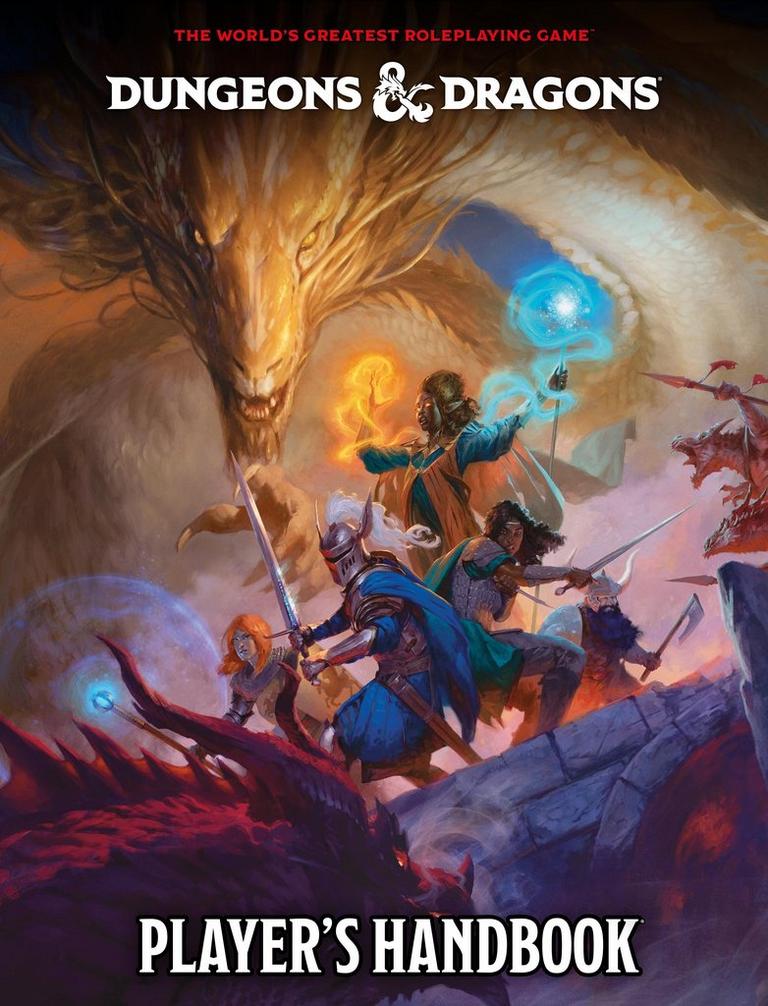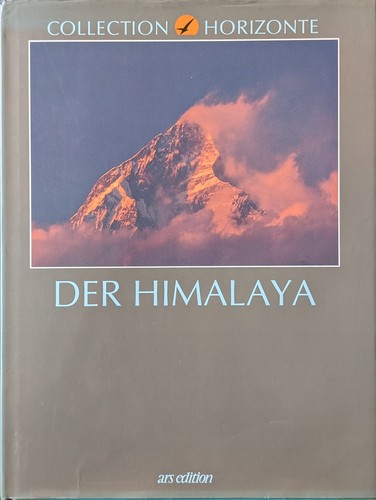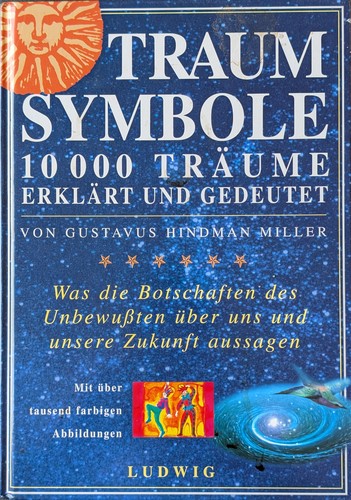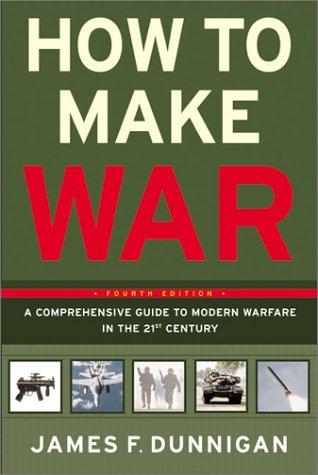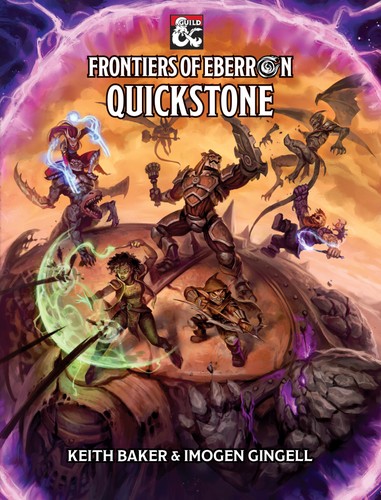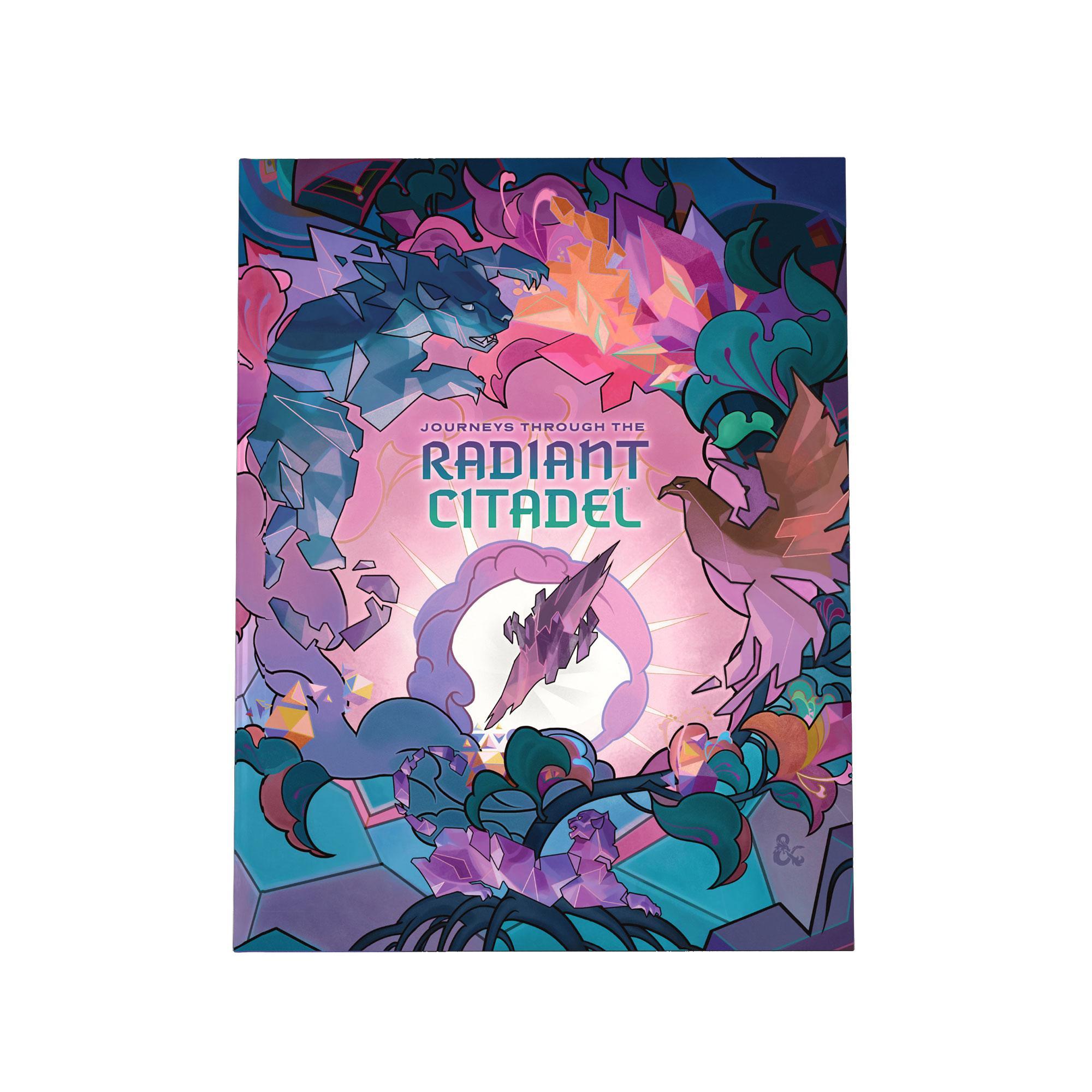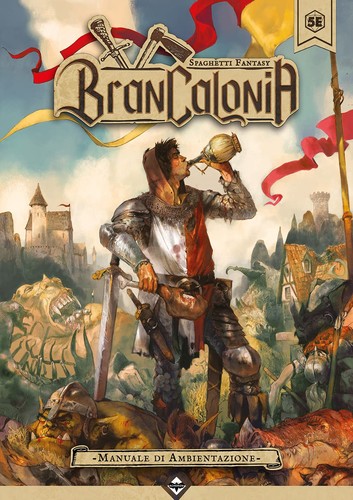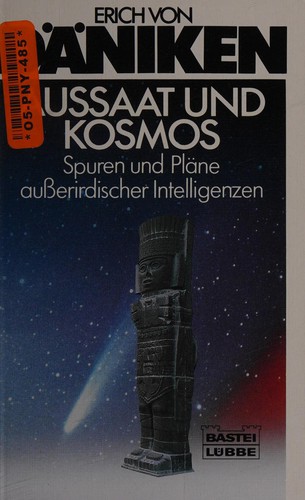Jürgen Hubert reviewed Shining Kingdoms by Sen H.h.s.
A worthy addition to your Golarion library
4 stars
The Shining Kingdoms supplement for the Pathfinder setting of Golarion details the southeastern reaches of the continent of Avistan.
First, let's get the bad news out of the way: This book has a writeup of Andoran. For those of you who are unfamiliar with the setting, Andoran is basically a fantasy counterpart of "The United States of America, as portrayed in propaganda about the War of Independence and World War II" - as opposed to how the USA actually were at the time. Complete with Eagle Knights spreading "FREEDOM AND DEMOCRACY(TM)" around the world. This was a bad concept when the setting was first published, and while the authors did their best, there is only so much you can do to improve such a premise. I suppose this makes for a fine setting for those who can look beyond the premise (especially with the conflict of Cheliax heating up), …
The Shining Kingdoms supplement for the Pathfinder setting of Golarion details the southeastern reaches of the continent of Avistan.
First, let's get the bad news out of the way: This book has a writeup of Andoran. For those of you who are unfamiliar with the setting, Andoran is basically a fantasy counterpart of "The United States of America, as portrayed in propaganda about the War of Independence and World War II" - as opposed to how the USA actually were at the time. Complete with Eagle Knights spreading "FREEDOM AND DEMOCRACY(TM)" around the world. This was a bad concept when the setting was first published, and while the authors did their best, there is only so much you can do to improve such a premise. I suppose this makes for a fine setting for those who can look beyond the premise (especially with the conflict of Cheliax heating up), but I am not among their number.
In contrast, my unexpected favorite was Druma. I knew little of this region going in, other than that it was some kind of merchant oligarchy, and did not have high expectations. But the philosophy/religion of the "Prophets of Kalistrade", their behavioral codex, their aesthetics, and their personalized afterlives make them rather fantastic than real world oligarchies. Don't get me wrong - the folks calling the shots here are still pretty selfish and evil people, but I appreciate their difference for the sake of fantasy escapism. And I could imagine an awesome campaign set in Druma where the PCs try to fight the rising influence of the Whispering Tyrant - and the Prophets are worse than useless, as they are either in denial about the threat, or have to face an enemy for the first time whom they cannot bribe.
The first of the two non-human realms in this book is the Five Kings Mountains, the heart of dwarven culture on Golarion. The realm is very dwarfish, with all that implies, but it also has enough fodder for a long-term campaign - with the return of an ancient dragon and his assorted minions, cultists of Droskar plotting in the shadows, and the usual dangers of the Darklands emerging from the depth, there is enough for adventurers to do even without venturing into the regional politics of the larger area. I haven't read the associated Highhelm sourcebook and the Sky King's Tomb Adventure Paths yet, but I am looking forward to what I find. I also like the inclusion of a gazeteer to Larrad, a dwarven city that functions as a pilgrimage site - dwarven spirituality is an interesting subject, and this site gives us some fascinating glimpses into it.
Galt has moved on from its eternal repeated "French Revolutions", and in my opinion this makes for a better setting. If everything you have done to build a better nation is simply swept away by the next revolution, then that's the point? Now the actions of the player characters actually have a chance to make the region better - but at the same time, this chapter emphasizes how fragile the new "post-revolutionary" order is. Adventuring parties active in this country will have plenty to do thanks to the numerous dirty secrets hidden away by the chaos of the past. At the same time, they need to hone their diplomatic skills so that their actions and revelations don't cause a return to the Bad Old Days.
Kyonin is the second non-human realm - the heart of elven culture on Golarion. It is just as elvish as the Five Kinds Mountains are dwarvish. But although the writeup emphasizes that the realm is opening up and is more welcoming to non-elven visitors, I judge it to be not as viable for a long-term campaign as the dwarven realm. The main threat within Kyonin are the demonic remnants in Tanglebriar, now that Treerazer is gone, and although this works well for a series of adventure, in my view that's not enough for an entire campaign. There are some intrigues among the elves, but these aren't likely to become violent unless something goes deeply wrong. This chapter is still useful, but I see this realm as more of a home base for elven adventurers or an interlude from adventures in other parts of the Shining Kingdoms than the whole setting for a game. Though if you need to have the equivalent of Elrond's Council against the Dark Lord (i.e. the Whispering Tyrant), this is the place for it.
Finally, Taldor is the local equivalent of Earth's Byzantine Empire - if it had survived its collapse as a much smaller and less influential nation. Overall, I found its portrayal to be a somewhat mixed bag. According to the timeline, Taldor is more than 6,000 years old, exceeding that of any realm on Earth, yet that massive age isn't as present in its geographic description as I would have preferred. You feel the weight of history in the capital Oppara, yet the regions don't feel substatially different from other fantasy nations a tenth their age. Much of the country should be littered with monuments of its past glories, when its armies and fleets plundered vast swathes of Avistan and beyond.
But despite my misgivings about some aspects of this book, it is still a worthy addition to my library of books about Golarion - and the Shining Kingdoms are worth a visit for your adventurers, too.

